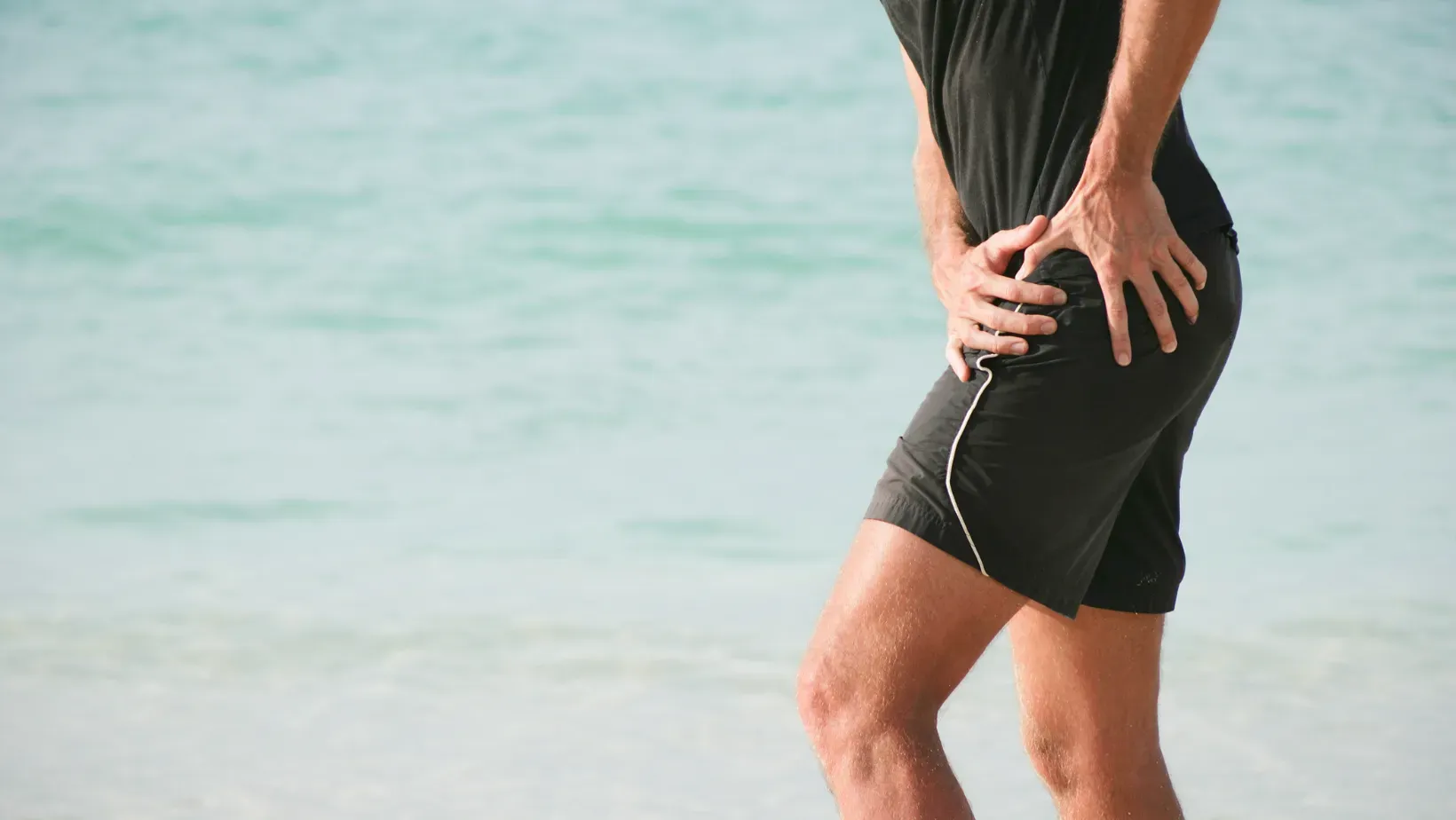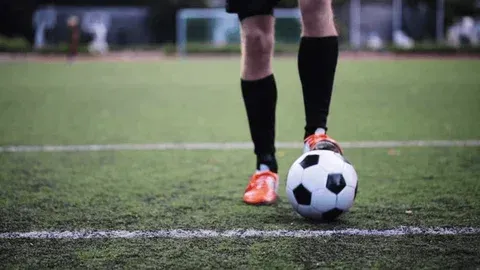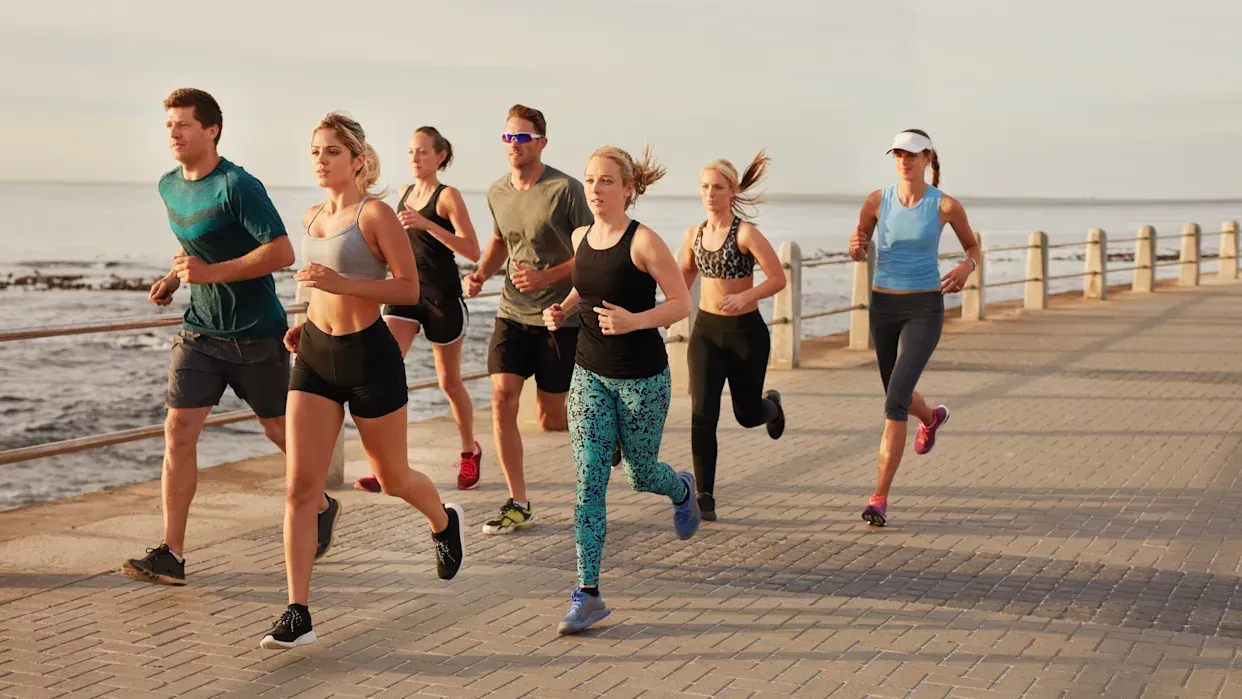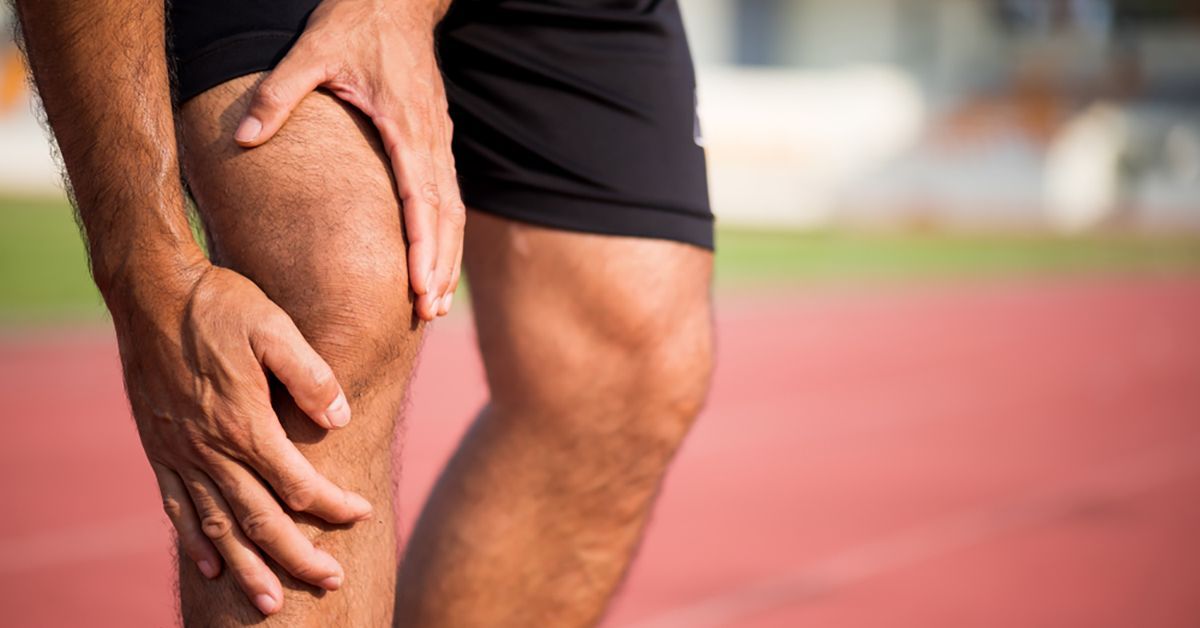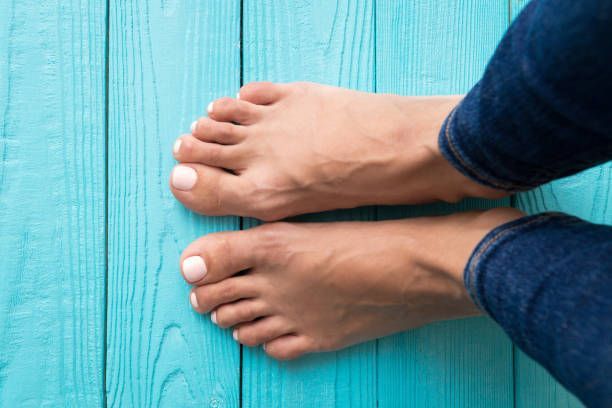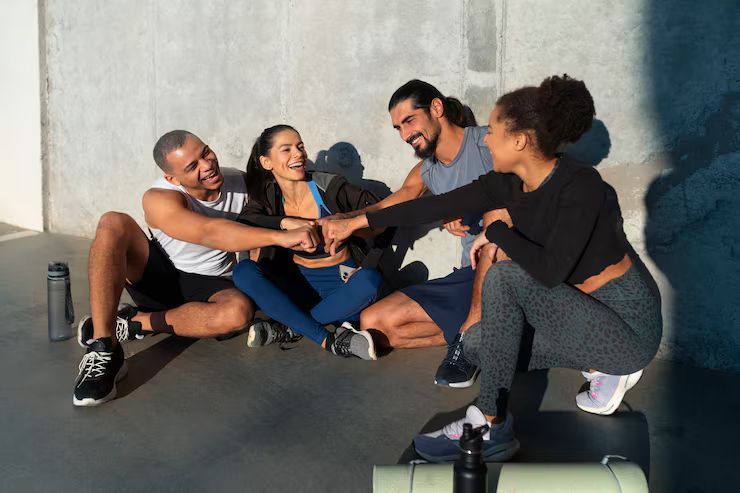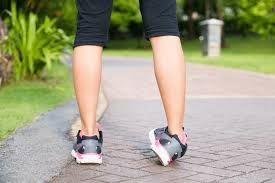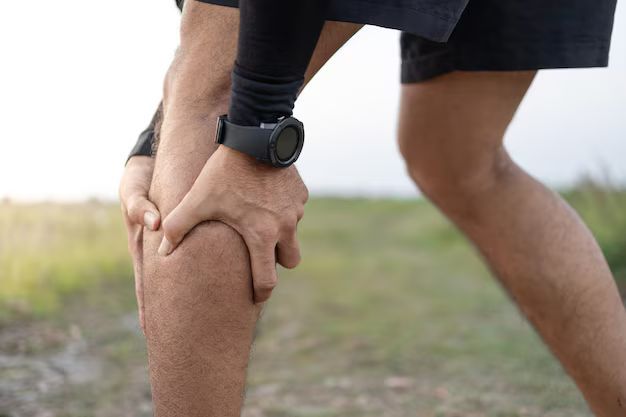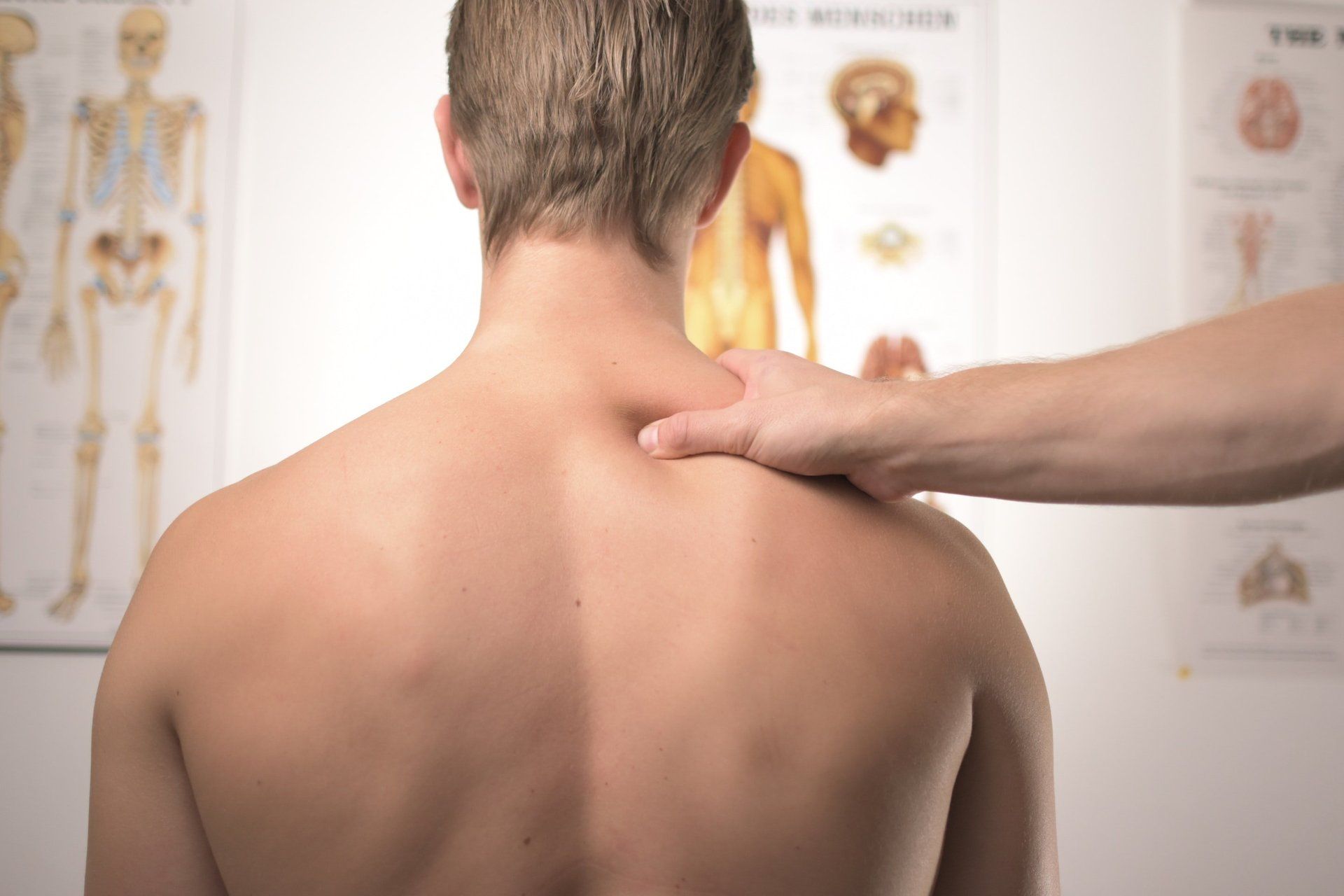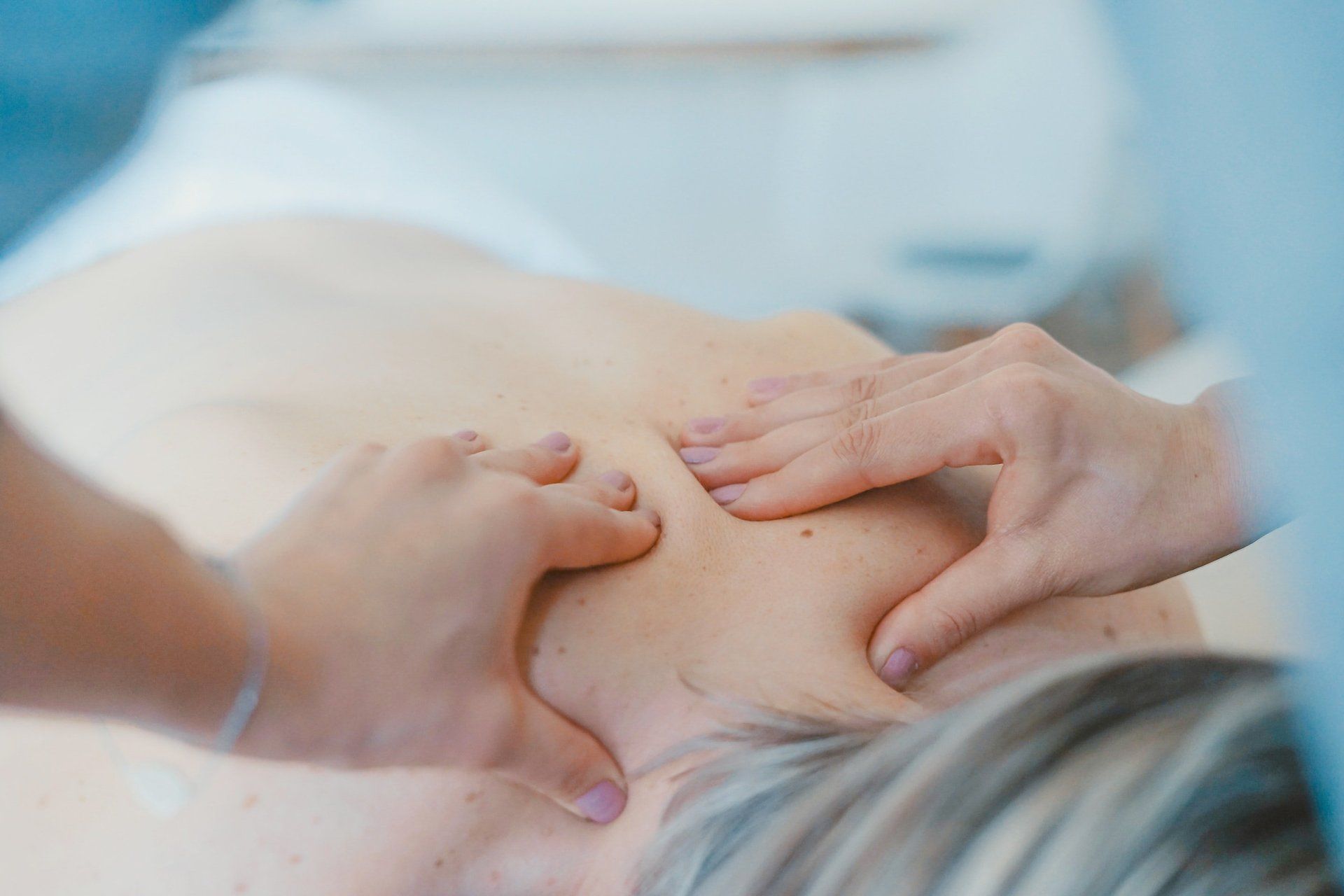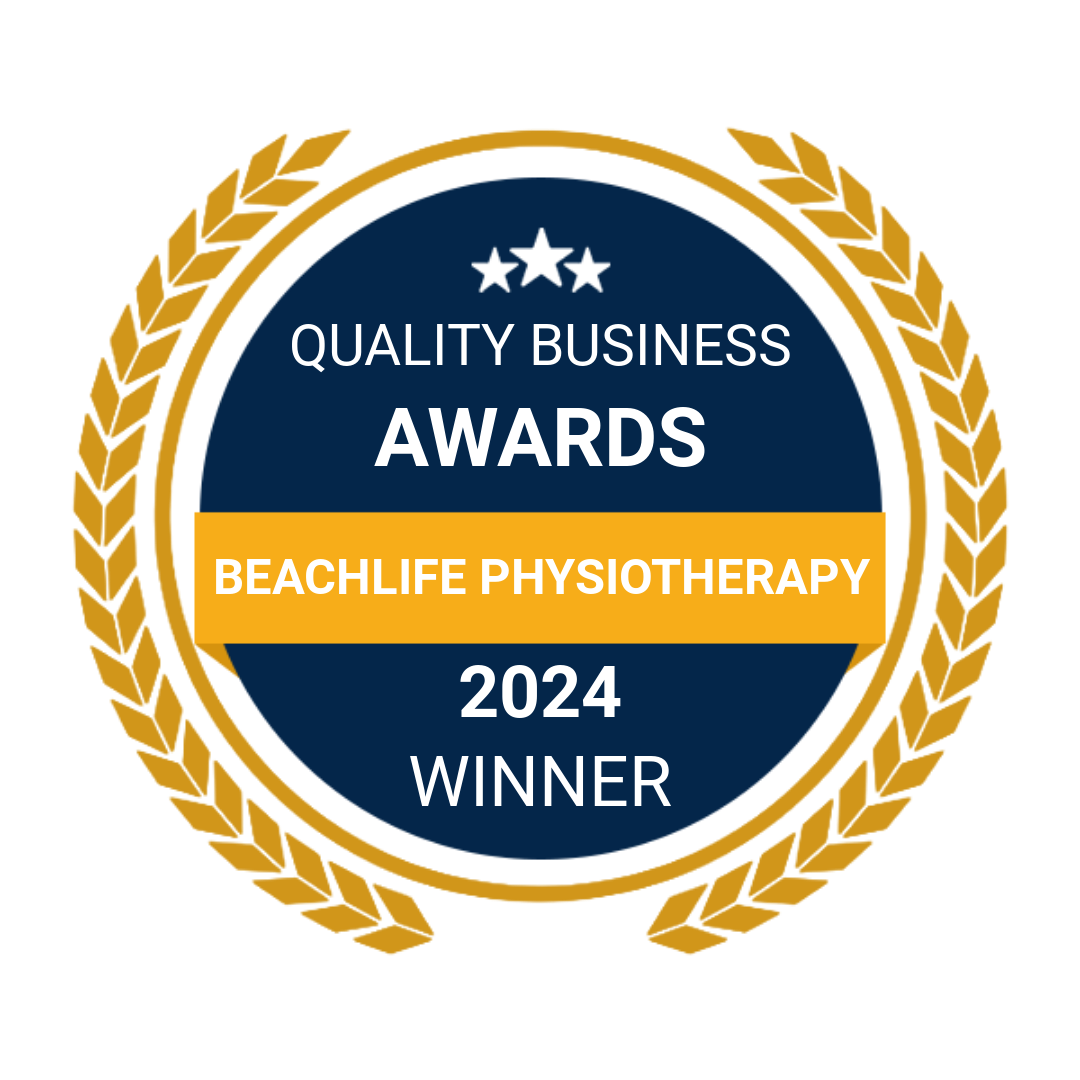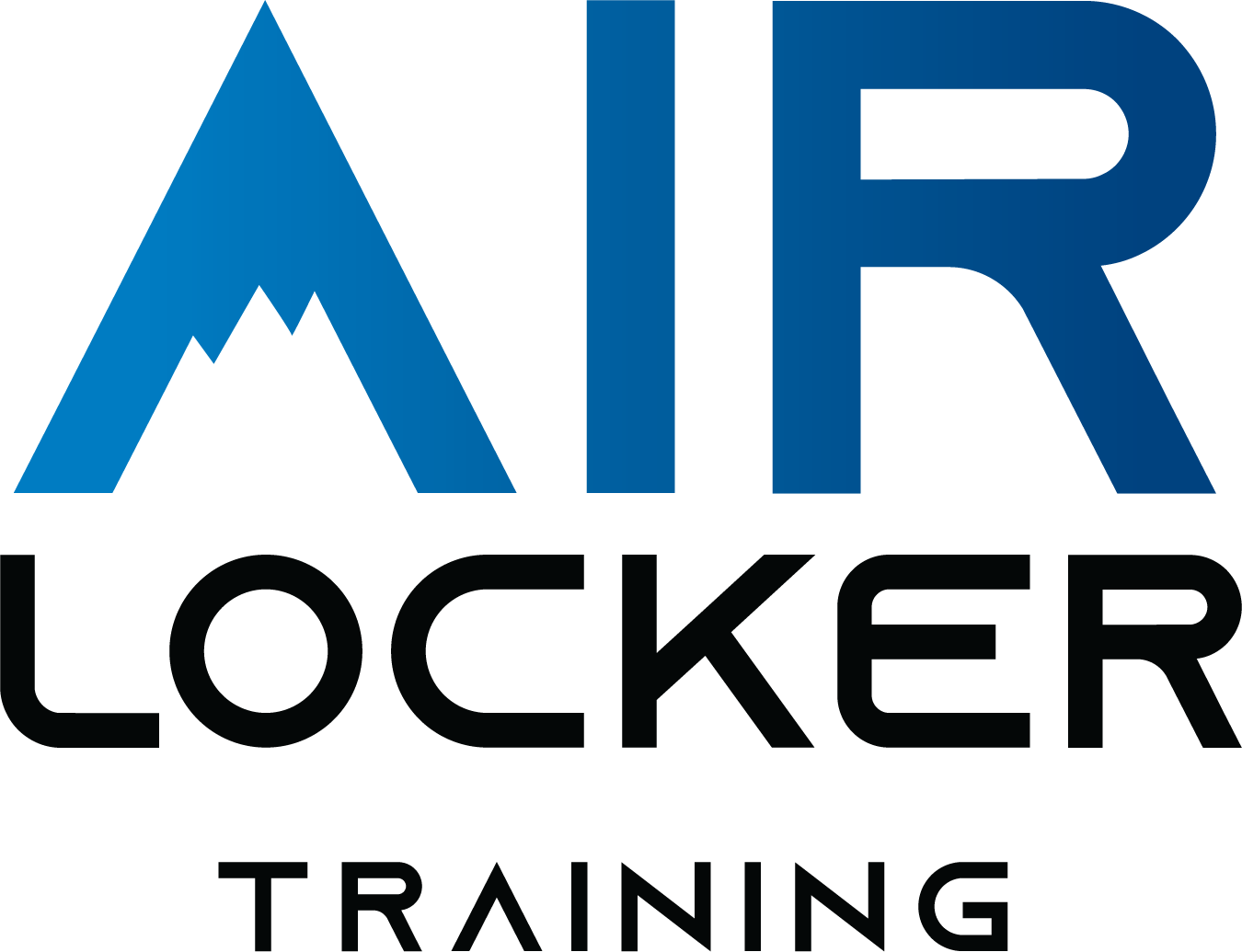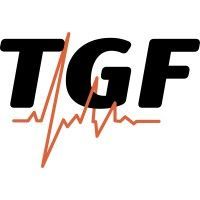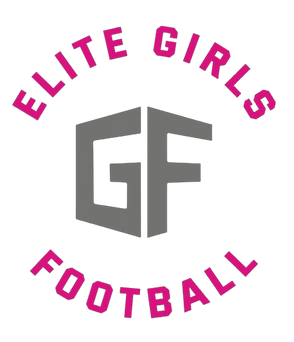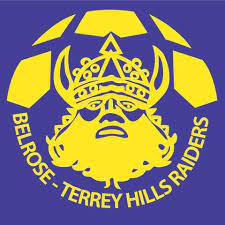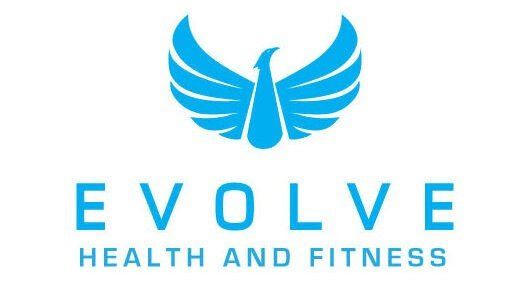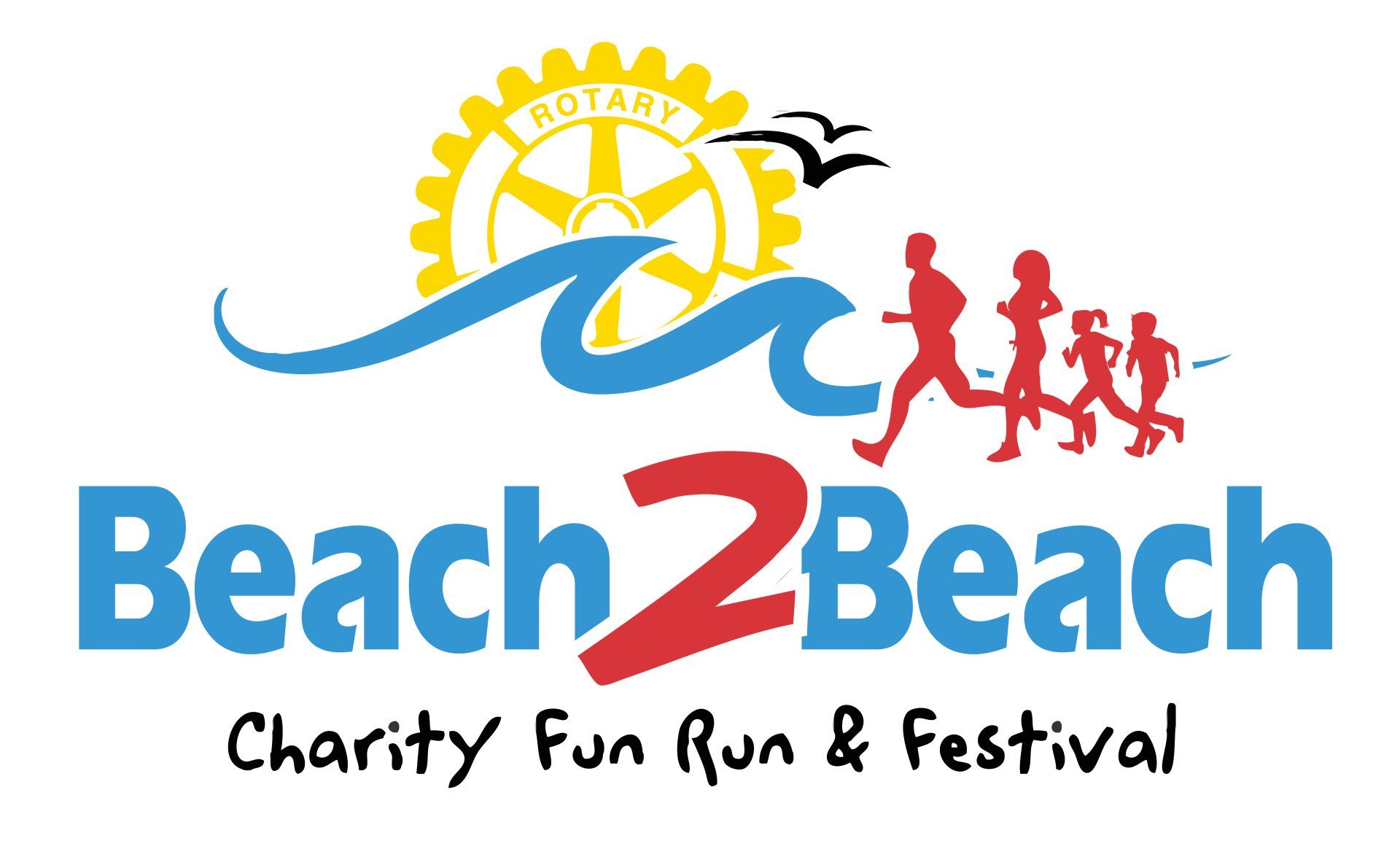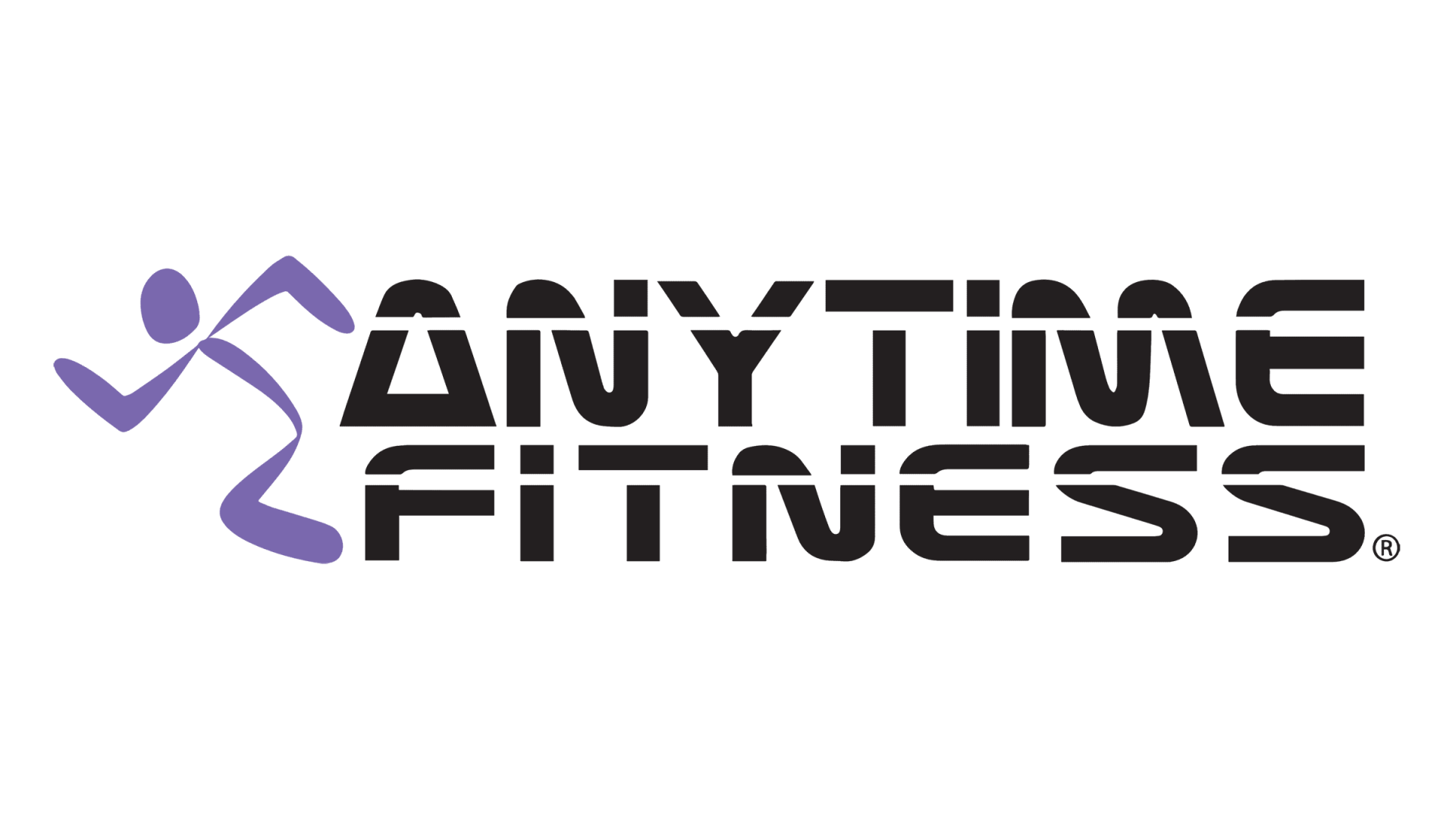Hamstring Injury & Prevention
Hamstring Injury & Prevention
Hamstring strains
- A hamstring strain is pain on the back of the thigh, caused by a rapid contraction or an excessive stretch of the hamstring muscles and are very common in sports that involve a lot of high speed sprinting and kicking.
- Hamstring injuries are one of the most common injuries in sport, and causes significant loss of training and competition time. Generally between 2- 6 weeks.
- They also have a high re-injury rate which is why the rehabilitation and management of hamstring strains is so important.
How do they occur?
- There are 2 types of hamstring strains characterised by their mechanism of injury and how they occur.
- Type 1:
Occurs with a maximal contraction of the hamstrings, generally during high speed running activities.
This is the most common type.
Common in sprinting, track and field events and sports such as AFL and soccer.
- Type 2:
It occurs with slower movements into an excessive stretch / through a greater range of movement.
Most often seen in soccer players and ballet dancers.
Common with kicking, sliding into a tackle, doing the splits, etc.
Risk factors
- Previous hamstring tear:
Nearly 1/3 of injuries recur within 1 year of returning to sport, which is why proper rehabilitation is so important.
- Increased fatigue:
Over training without sufficient time for muscles to recover can lead to fatigue and a tight feeling of the muscles.
- Poor strength of the hamstrings:
When the load placed upon the hamstrings (amount of activity, type of activity) exceeds the capacity / strength of the hamstrings.
- Tight hamstrings:
Having sufficient range of motion in the hamstrings required to do the particular activity.
Management & prevention
- Management of hamstring strains and prevention are similar as they both have a major focus on strengthening.
- Hamstring strengthening programs (e.g nordic program) has shown to reduce hamstring injuries by 65-70%.
- Injuries occur when forces on the muscle exceed the capacity of the muscle. Therefore increasing the strength (capacity) of the muscle and raising the safety threshold for injury.
- Sprint training is specific to the injury mechanism and is thought to activate the hamstrings more than any other exercise. Studies have shown a block of sprint training may improve management and performance as well as play a role in injury prevention.
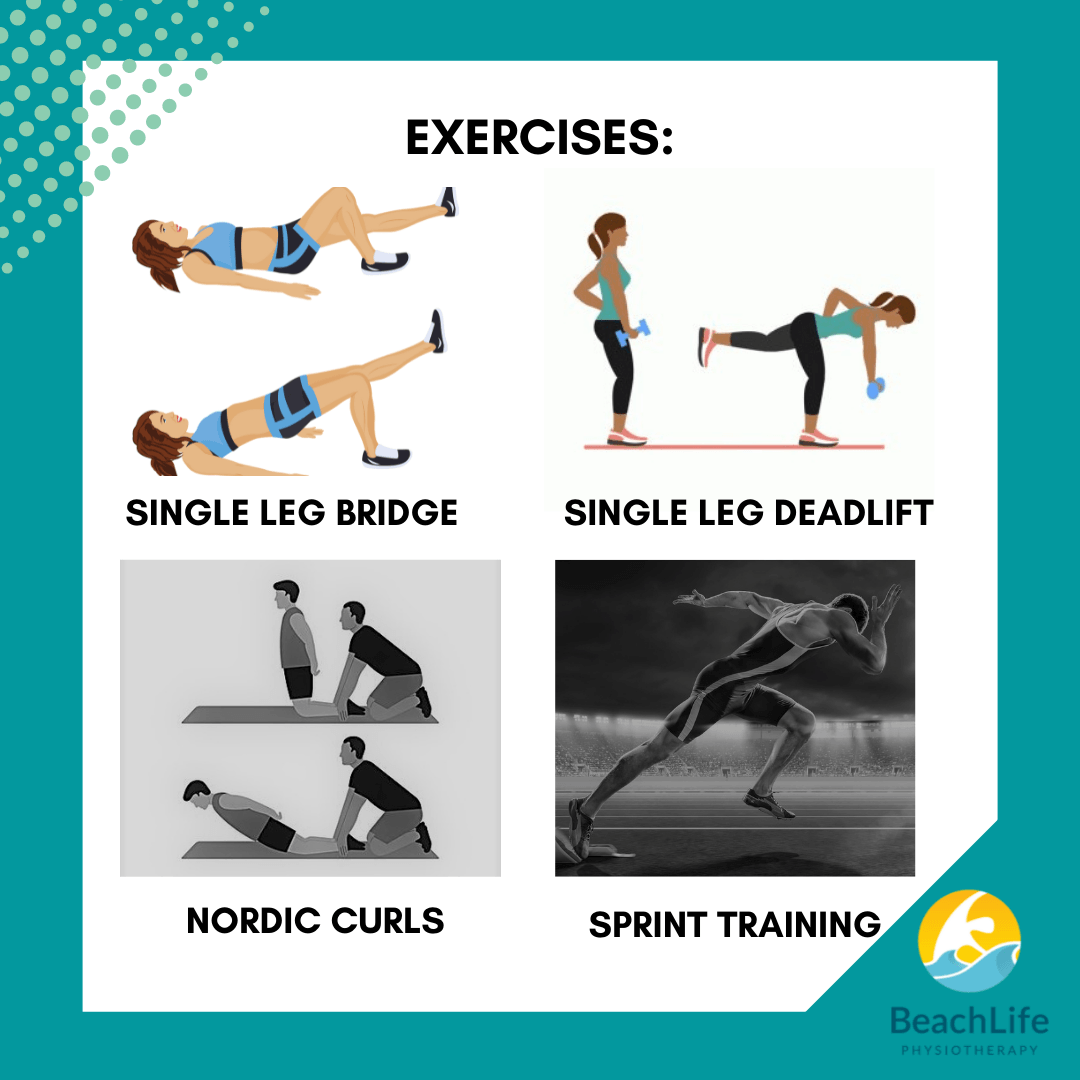
Here at Beachlife Physiotherapy, we have experience in rehabilitating and preventing hamstring tears to get you back to your sport as quick as possible! Call (02) 9970 7982 to find out more!
